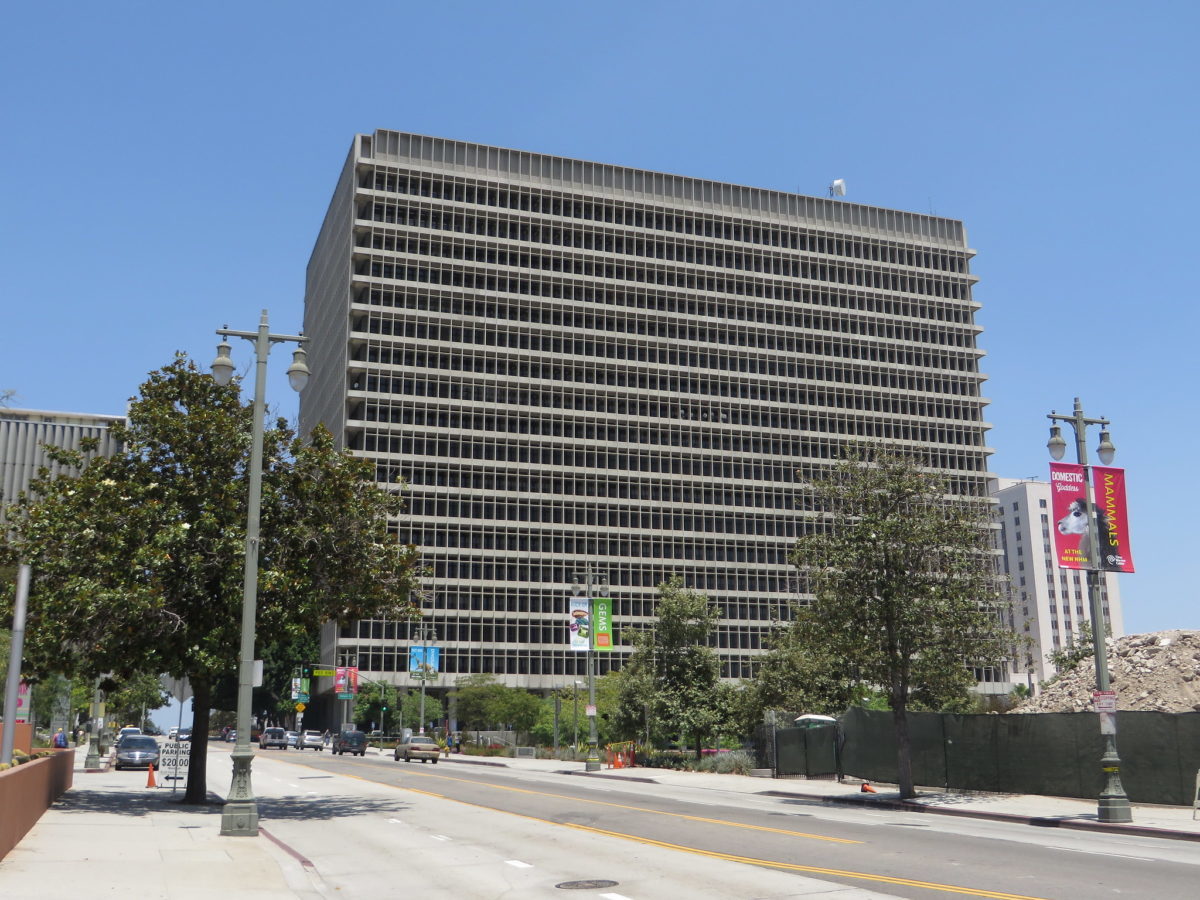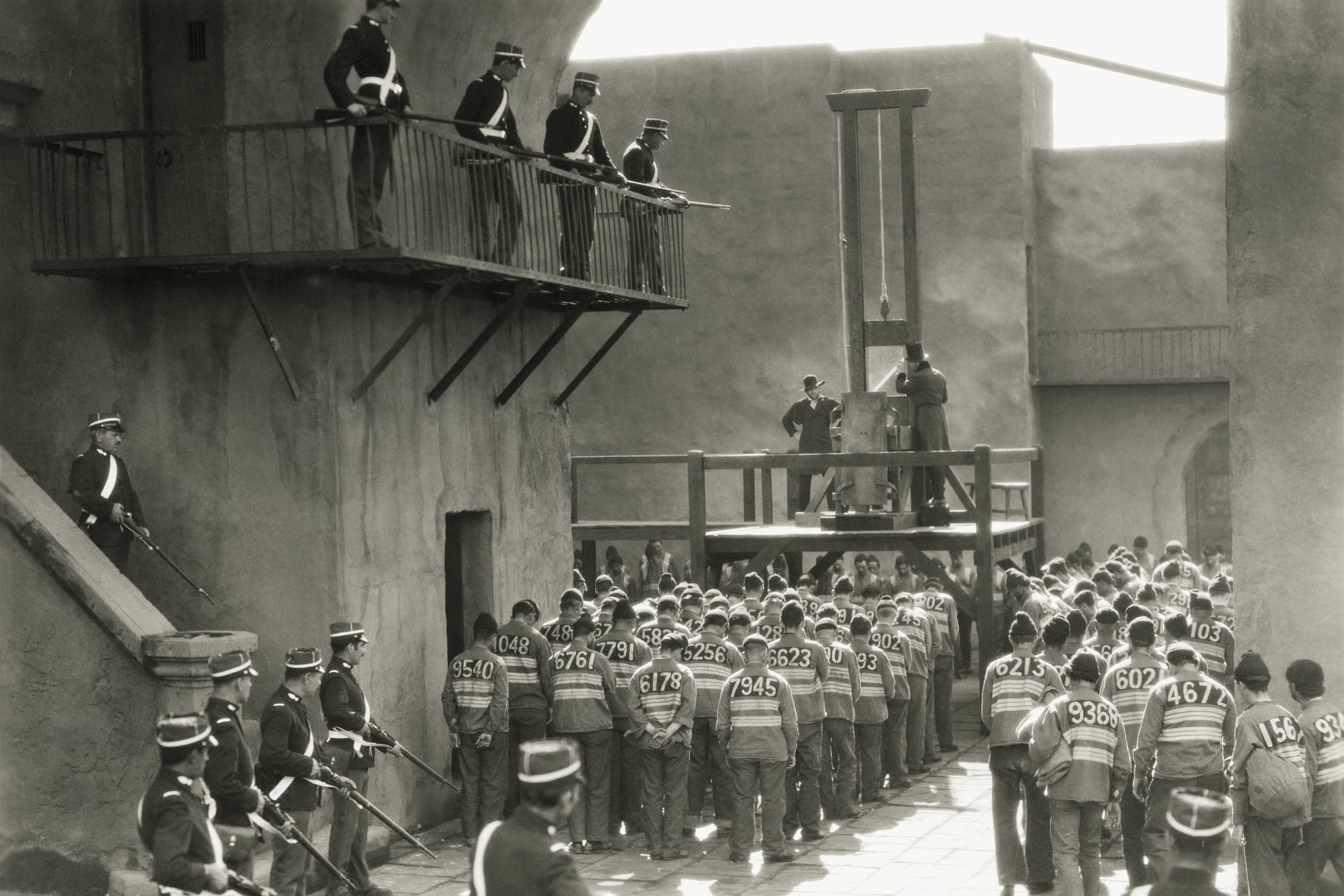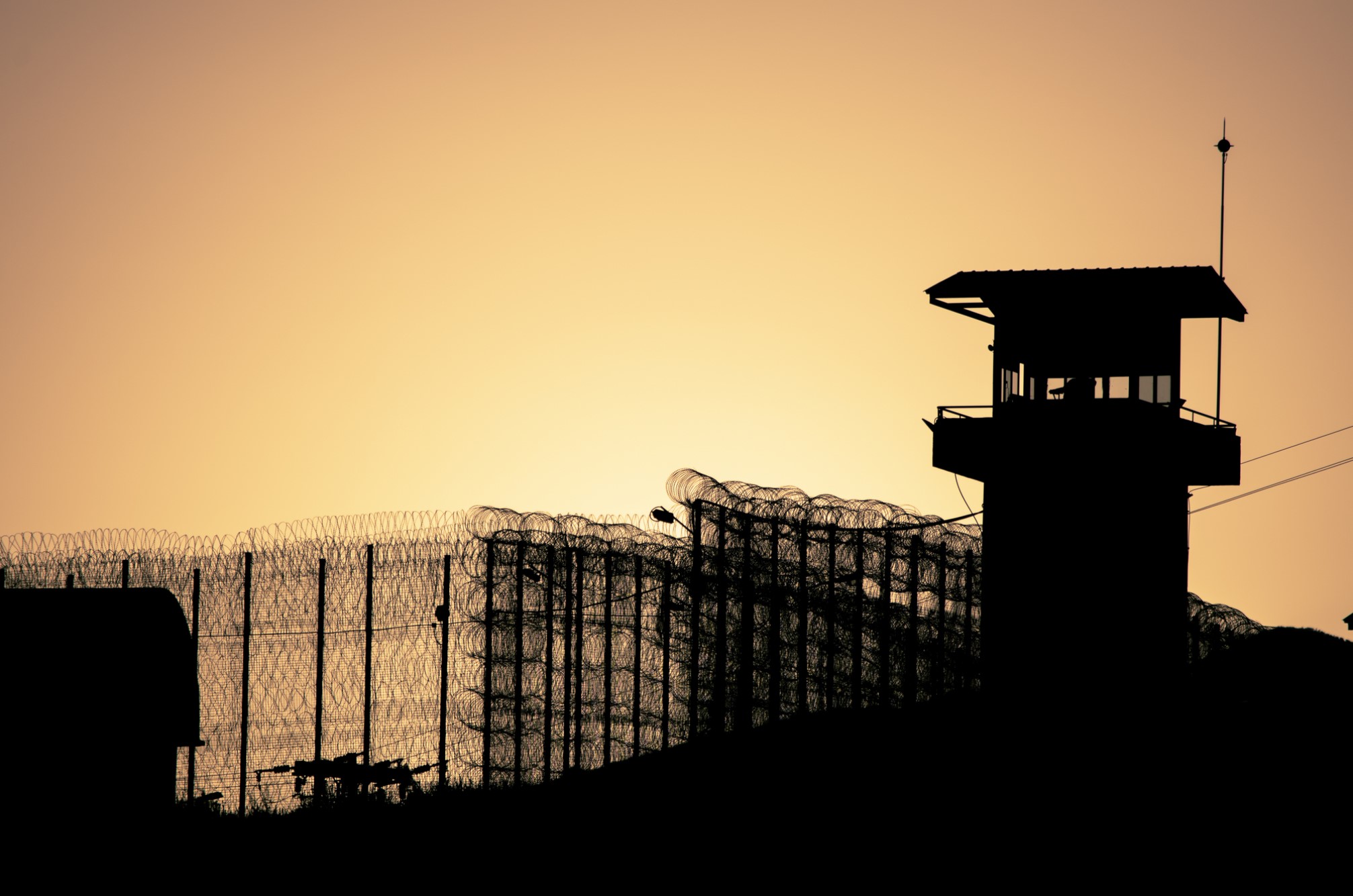The Case of Gabriel Fernandez: Social Work and Public Responsibility
Content warning from the editor: This article contains descriptions of child abuse that might be upsetting to readers.
Recently, Netflix released a documentary series called The Trials of Gabriel Fernandez, which has become one of the most watched series on the platform. The documentary explores the death of eight-year-old Gabriel Fernandez, who was, over the course of a number of months, tortured and beaten to death by his mother, Pearl Fernandez, and her boyfriend, Isauru Aguirre. Gabriel died in 2013.
Before Gabriel died, there was significant evidence, observed by many people in his life that severe abuse was occurring. Bruises at various stages of the healing process were visible all over his body. Witnesses observed what appeared to be burns from cigarettes being put out all over his shaved head. These burns were also at various stages of the healing process, suggesting that the torture had been taking place over a lengthy amount of time. At one point, Gabriel arrived at school with injuries all over his face. He reported to his teacher that his mother had shot him in the face with a BB gun.
On May 24, 2013, Aguirre called 911. He claimed that Gabriel had fallen while playing with his siblings. It was immediately clear to responding officers that the severity of the young boy’s injuries could not be explained by a simple fall. The medical examiner later confirmed that the death was a homicide—the people who were supposed to care for him had beaten Gabriel to death. They were both arrested and tried for capital murder in the death of the eight-year-old boy. The autopsy revealed that Gabriel’s stomach contained no food. There was evidence of malnutrition, including the presence of kitty litter in his stomach. His sister confirmed that her brother had been forced by Fernandez and Aguirre to consume the filthy contents of the litter box. Prosecutors pursued the death penalty against Aguirre and agreed to a plea deal with Fernandez that resulted in a penalty of life in prison without parole, due to her diminished intellectual capacity.
Gabriel’s death is a great tragedy, but sadly it is not unique in its severity. One thing that makes this particular case unusual is that criminal charges were also pursued against the social workers who did not notice the many troubling warning signs in time to save the young boy’s life. The documentary series explores the multiple levels of culpability involved in the case. How is it that some children who are in clear danger slip through the cracks?
Answering this question is not easy. Arguably, the decision to prosecute social workers for their missteps in the case treats the situation as if it is more black-and-white than it actually is. Based on the documentary’s reporting, it seems clear that Gabriel’s extended family was aware from the time of his birth that living with his birth mother would not be a safe environment for Gabriel. For the first three years after the child was born, his great-uncle and his partner raised him. He was removed from that environment for reasons that included both homophobia and a desire on the part of Pearl Fernandez to increase the amount of money that she was receiving from welfare. Because they observed the abuse occurring, it is plausible to draw the conclusion that the family had a moral obligation to protect the child against abuse.
The sheriff’s office was also aware of the possibility of violence inside of Gabriel’s home. They conducted an investigation that ultimately led nowhere, but they did not inform the prosecutor in the case that an investigation had ever occurred. Despite the fact that their actions in this case might also be viewed as criminally negligent, charges were not filed against any members of the sheriff’s department.
One way of interpreting the question of how children slip through the cracks is a retributive approach. This approach is motivated by feelings of anger and outrage and it seeks someone to blame. This certainly seemed to be the response of the local community. The social workers filled that role for those that wanted vengeance. But it may be the case that we can only start to get closer to answers (and, ideally, solutions) when we loosen our grasp on retributivism and instead try to get a firmer hold on the root social causes of these kinds of problems.
Understanding these issues will crucially involve understanding dynamics of both money and power. Various members of the prosecutor’s office may have much to gain from appearing tough on social workers in a case such as this. The same can be said for the judges and politicians that publicly supported this move. The social workers, by contrast, have very little power in these circumstances—they are underpaid and overworked. The median salary for a social worker in the United States is $46, 270. According to Greg Merritt, a former DCFS Supervisor and one of the defendants in this case, the social workers that he was overseeing were dealing with an average of 30 cases at a time, and that number often got as high as 38. This means that, as a supervisor, Merritt was responsible for overseeing as many as 280 cases. The stressful nature of the job combined with the comparably low pay creates a high burnout rate for social workers. Nevertheless, many of the social workers that choose to stay do so because they genuinely care about improving the lives of the struggling members of their communities. Given the pressures that these workers face, it is reasonable to assume that they will sometimes make mistakes.
At its heart, this is a case about social values. If we are going to be so critical of our social workers that we open up the possibility of criminal action when things go wrong, we should take steps that are consistent with putting that kind of value on the work that social workers do. First and foremost, the funding for social programs should increase. If we want to maintain very high expectations for our social workers, we should employ more of them at higher salaries. If communities want to direct their rage at social workers when things go wrong, they should make sure that their initial expectations of those employees are reasonable.
We also need to make sure that we aren’t tying the hands of social workers by failing, as voters, to pay attention. In recent years, for-profit organizations have entered into contracts with governments to assist in providing social services. LA County in particular entered into an arrangement with Maximus, a for-profit organization, that at the end of the day is motivated by profits rather than by the well-being of citizens. These motivations result in cost cutting measures such as denying overtime. Clearly, overtime in many of these cases is not just useful, but crucial. We should be thinking, as communities, about whether these are the kinds of services that should ever be privatized and therefore controlled by free market systems.
We should also understand that these kinds of cases always involve competing, important values. All things being equal, we care about both privacy and parental rights. This can make going into a home and conducting a thorough inquiry while treating the parties involved with the appropriate amount of respect and human dignity challenging. Complicating matters further, the parties involved are often deceitful. Some reports of child abuse are unwarranted, and social workers are neither mind readers nor fortunetellers.
It is also important to recognize that taking a child away from his or her family is extremely traumatic for everyone involved. Social workers tend to pursue this possibility as a last resort. Workers need to also be aware, on a meta-level, of the possibility of bias in their decision-making, as a disproportionate number of children of color are removed from their homes by social services.
All of these considerations need to be balanced against concerns for the well-being of the child. Needless to say, this makes the jobs of social workers very difficult, especially when they are dealing with heavy caseloads.
Finally, there are questions about how technology might potentially help to adjudicate these kinds of cases. Software that employs algorithms to identify predictive risk factors may remove some of the burden of tea leaf reading from the shoulders of social workers. These programs would flag certain cases as deserving of increased attention, preventing the likelihood of outcomes like Gabriel’s. These algorithms are not, of course, immune from their own cluster of moral issues. The data used to construct them comes from social services that tend to focus on poor communities. The models that they create might have problematic racial implications. They might also create blinders to the recognition of problems that aren’t flagged by the algorithm.
Child abuse and neglect are byproducts of society at its worst. These events can motivate us to point fingers and to demand payback. It is important to remember however, that there really is no such thing as payback. Nothing that we can do as a community will bring kids like Gabriel back to life. It is more productive to understand that the perfect storms that lead to tragedies like this are caused by problems that are systemic. They require a renewed commitment to our values, which will also require rethinking systems of power and money.
(In the Fernandez case, on January 8th 2020, a California Court of Appeals threw out the case against the social workers.)





